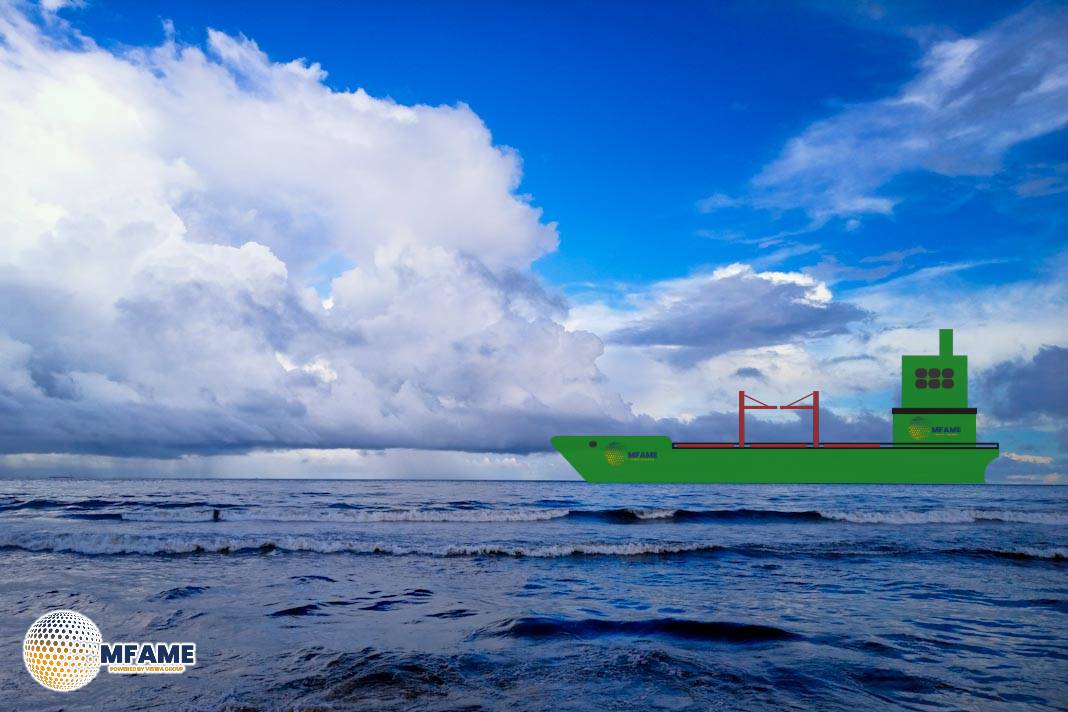- The Panama Canal handles 6% of global maritime trade, connecting 1,920 ports in 170 countries and cutting shipping routes by up to 8,000 nautical miles.
- The U.S. is the canal’s top customer, accounting for 40% of trade—mainly in agriculture and energy—supporting $270 billion in cargo annually.
- The Canal Authority is investing in projects like the Río Indio reservoir and NetZero Slot to increase water storage and facilitate greener shipping.
- A new gas pipeline is planned to help growing energy demands and secure the canal’s future relevance.
At the 43rd Annual William A. Patterson Distinguished Transportation Lecture, Panama Canal Administrator Dr. Ricaurte Vásquez Morales stated that the Panama Canal has played in shaping global trade and its profound impact on Panama’s development and the broader progress of humanity around the world, according to the Panama Canal Authority.
Panama Canal’s Role in Global Trade and Sustainability
Today, the Panama Canal stands as a vital global trade hub, linking the Atlantic and Pacific Oceans and connecting over 1,920 ports across 170 countries. By shortening shipping routes by up to 8,000 nautical miles, the canal equips a faster, more efficient choice to land-based supply chains, reinforcing its status as an essential route for international commerce.
The canal plays a necessary role in supporting American agriculture, with producers depending on the waterway to transport key exports such as soybeans and corn to markets in Asia and Europe.
The ACP is advancing major sustainability initiatives to deal with the challenges posed by climate change and remain globally competitive. These include the Río Indio Project, designed to double the canal’s water storage capacity, and the innovative NetZero Slot program, which incentivizes the adoption of cleaner maritime technologies.
Energy Trade and Capacity Expansion at Panama Canal
The Panama Canal plays a crucial role in the global energy market, particularly in the shipment of LNG and LPG. U.S.-flagged vessels lead these shipments, with 55% of energy trade passing through the canal’s Third Set of Locks. To maintain its relevance and reliability, the Panama Canal Authority has committed to expanding its capacity.
In response to rising energy demands, especially in Asia, the Panama Canal Authority has initiated a new gas pipeline project aimed at transporting up to 1 million barrels per day.
The Northwestern University Patterson Transportation Lecture honors influential leaders like Dr. Vásquez, recognizing their contributions to transportation across various industries.
Panama Canal Administrator on Canal’s Growth and U.S. Trade
Dr. Ricaurte Vásquez Morales traced the Panama Canal’s transformation from a 16th-century crossroads to its 1914 establishment as a global shipping channel, now facilitating 6% of international maritime trade. “Location, geography, and other elements have allowed Panama to become the natural trading place of the Americas,” he noted.
Vásquez further underlined the canal’s important connection to the United States, which remains its largest customer, accounting for 40% of its trade. This trade supports over $270 billion in annual U.S. cargo, with 70-75% of trade passing through the canal either originating or ending at U.S. borders.
Did you subscribe to our Daily newsletter?
It’s Free! Click here to Subscribe!
Source: PanamaCanalAuthority.

















